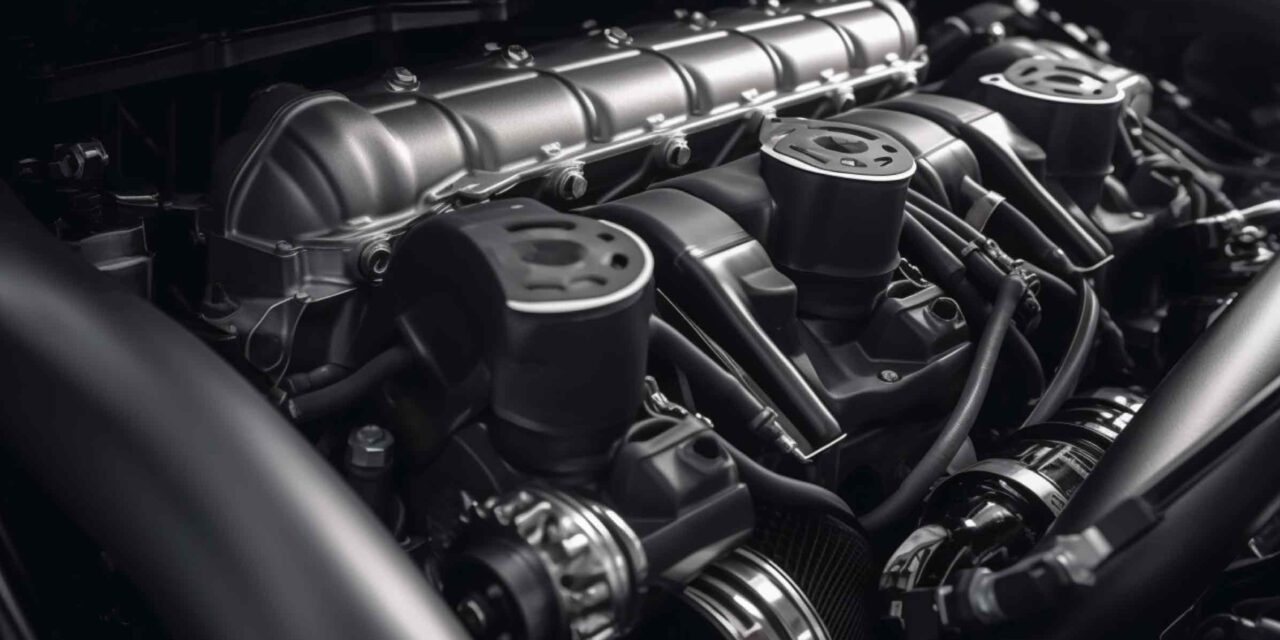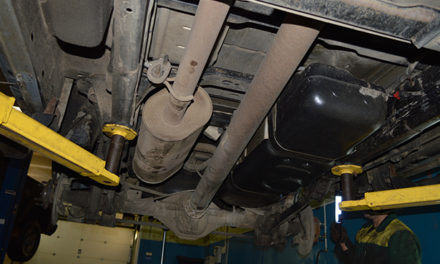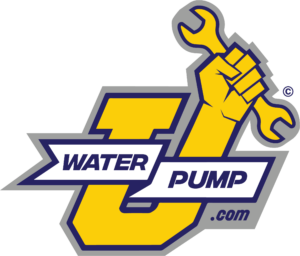Fuel pressure and volume are vitally important for efficient engine operation on fuel injected engines. If an engine is running rough, has an irregular idle, and a lack of power on acceleration, don’t dismiss the fuel system as a possible cause. Many times in which such a scenario is present, the fuel system isn’t suspect since it’s getting fuel pressure and running.
The powertrain control module (PCM) that makes the proper computations and controls the amount of time or duration for the injector pulse requires a predetermined amount of fuel to exit the injector. If for any reason the fuel pressure is low or the volume is less than adequate, the PCM must do its best to adjust the duration of the injector pulse.
Lack of proper fuel pressure causes problems with acceleration due to insufficient fuel to keep up with the demand for power as indicated to the PCM by the throttle position sensor.
On older fuel injected engines, the injectors fired simultaneously and if one injector failed, the remainder of injectors usually compensated for one or two failed injectors. Late model fuel injected systems use sequential fuel injection which fires the injectors separately and can’t cover up a fouled injector. A misfire will occur, simulating a fouled spark plug and the PCM will set a code of P030X for a misfire. The X will be replaced with the number of the cylinder affected.
Fuel calibration curves present in the powertrain control module provide the best power and fuel economy. It has the capability to use adaptive fuel control strategies that allow it to adjust the fuel trim for variances in fuel pressure and altitude to maintain the correct fuel ratio.
The PCM has limited capability, however. Should a fuel filter become blocked, a fuel pressure regulator failure occurs or a defective fuel pump will adversely affect performance across the board.
Any of the above failures can cause the fuel ratio to become too lean, resulting in a misfire.
Causes Of Low Fuel Pressure:
- Clogged fuel filter
- Ruptured fuel pressure regulator
- Failed fuel injector
- Varnished fuel injector
- Fuel pump failure
- Wiring problems or loose or corroded connector
- Failed PCM
Diagnosis
Check engine codes for a misfire code indicating the affected cylinder. Place a spark plug tester between the spark plug and wire on the affected cylinder and start the engine. If the plug is firing, the problem is the fuel injector or an internal mechanical condition.
Remove the spark tester and place the wire on the plug. With the engine off and the key in the accessory position, pull the injector connector and use a voltmeter to check for constant power on one terminal. If power is present, the injector is faulty.
Start the engine and use a long screwdriver with the handle held to your ear and the other end on the injector. Use extreme caution to avoid moving engine parts. If the injector clicks regularly, it’s clogged and needs to be cleaned. No noise indicates a failure.
If there is no code but the engine runs irregular, check the fuel pressure regulator at the end of the fuel rail by pulling the vacuum hose off. If there is a fuel smell or fuel in the vacuum line, the regulator has failed.
If the regulator is good, place a fuel pressure gauge on the test port on the fuel rail. Turn the key on and note the reading on the fuel pressure gauge. It should be exactly within one PSI of that noted in the service manual. It should also hold the pressure for at least 5 minutes without falling. If the pressure drops quickly, a leaky injector is at fault. If the pressure fails to rise to the required pressure, the fuel pump is at fault.
Start the engine and monitor the pressure reading. Raise the engine rpm and watch for a drop in pressure. If the pressure drops, the fuel filter is clogged or the fuel pump is failing to produce sufficient volume. Replace the fuel filter and retest.
Methods Of Reducing Fuel Pressure Problems
Never allow the fuel level to drop past 1/8th of a tank, uncovering the fuel pump cooled by the fuel. This promotes overheating and premature failure.
Replace the fuel filter every 30,000 miles.










![[Vehicle Fitment]: Compatible with Ford Escape 2010-2012 V6 3.0L Flex (VIN: G, From 8/3/2009); Compatible with Mercury Mariner 2010-2011 V6 3.0L Flex (VIN: G, From 8/3/2009); Compatible with Mazda Tribute 2010-2011 V6 3.0L Flex [Reference Number]: 33...](https://m.media-amazon.com/images/I/410tWGz-FDL._SL100_.jpg)

Great article on fuel pressure! I have a 2007 Accord SE V6. The fuel pressure spec is 55-63. I tested the pressure and its 57. When fuel pressure is expressed in a range, where should the optimum pressure be? Is it ok that my pressure is at the low end? thanks!